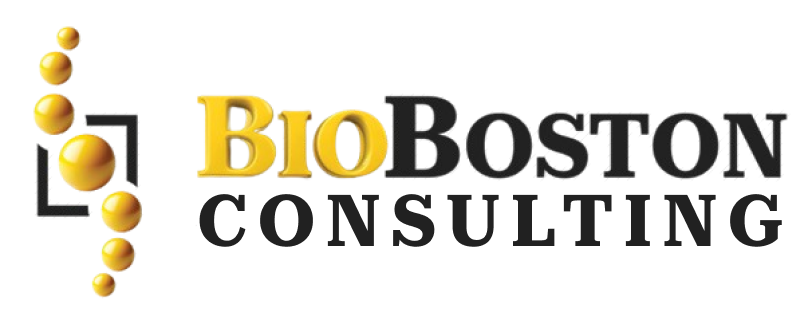BioBoston Consulting offers expert guidance in regulatory submissions. We streamline your journey with clear timelines, ensuring compliance leading to market success.
Understanding the Regulatory Landscape
Different Agencies:
Entire regulatory processes vary from different regions because of separate requirements implemented by one or more agencies operating in those regions. For instance, agencies like FDA, EMA, and more vary from one another.
Product-Specific Consideration:
There is always a different story about each product. It may either be a pharmaceutical or a medical device, standing on its own characteristics and challenges and requirements. A customized approach will be required to address these considerations and ensure regulatory success in creating a submission roadmap.
Pre-submission Planning:
This involves the scope and objectives of a regulatory submission, systematic regulatory review and planning for issues that may arise and strategy development. If possible, early communication with the regulating agencies may be initiated to gain insights and align expectations.
Regulatory Strategy
Formulate a robust regulatory strategy that aligns with product development goals. Identify those strategic milestones which should include preclinical study completion, initiation of clinical studies, and process validation for manufacturing processes towards an overall submission.
Regulatory Intelligence:
Continuously track the modifications in the regulatory requirements, guidelines, and precedents. Translate regulatory intelligence into a submission roadmap while adapting to constantly shifting landscapes and optimize strategies.
Preclinical and Clinical Development Schedules:
Specific schedules need to be developed for carrying out preclinical studies and clinical studies, with considerations for patient accrual, data analysis, interactions with regulators, etc. Practically work out schedules that are mindful of potential roadblocks or delays.
Manufacturing and Quality Assurance: Schedules for validation of manufacturing processes and GMP compliance should be planned. Robust quality assurance practices need to be in place to ensure reproducibility.
Documentation and Submissions Preparations: Milestones should be created for the preparation of key documentation, such as IND applications, NDAs, or PMAs. All documentation should be done thoroughly and include internal reviews of any gaps or deficiencies that need to be filled.
Interactions with Regulatory Agencies: Such interactions should be planned for key milestones with an anticipation of questions or concerns that may arise and be addressed proactively to ease review.
Post-Submission Activities:
Identify the post-submission plan that may include responses to any regulatory queries, potential inspections, and even pharmacovigilance or post-market surveillance activities.
Conclusion
Preparation of a map for regulatory submission is a very dynamic process-in essence, demanding attention at each step while still allowing room for flexibility, besides getting a feel for the directions that are envisaged in the regulatory space.
Partner with us at BioBoston Consulting and you can count on getting a collaborator with tremendous expertise at the table to help find one’s way through the complexities of regulatory submissions accurately and effectively. In defining clear timelines and milestones, we transform your regulatory journey into not just the way to compliance but also into a strategic roadmap to market success.
Contact us at BioBoston Consulting for further information or to learn about how we can support your organization.

